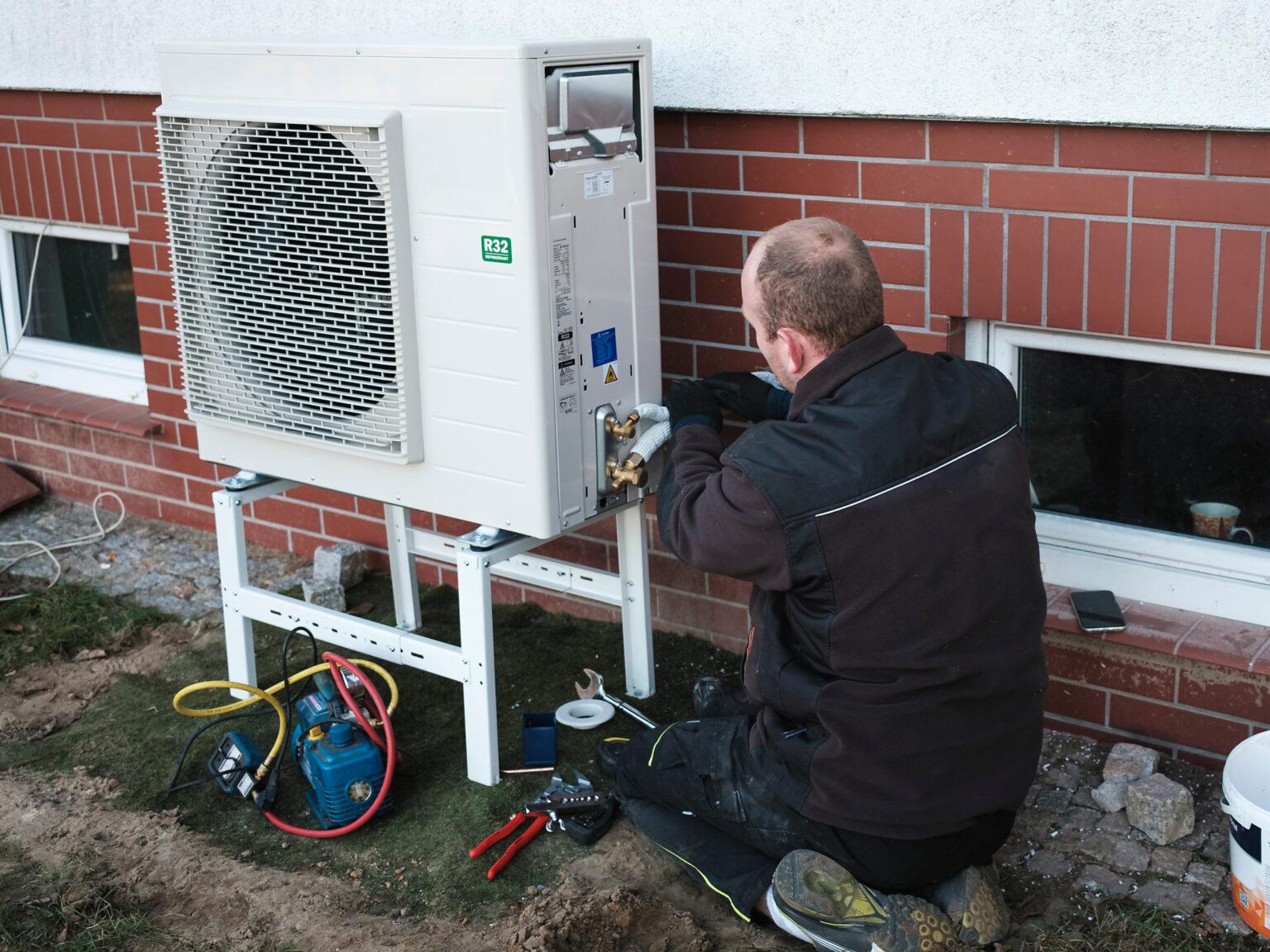In Short : An alternative approach to mitigating pollution involves investing in heat pumps for individuals. This strategy not only addresses environmental concerns but also promotes sustainable heating solutions, contributing to a cleaner and more energy-efficient future.
In Detail : Carbon offsetting may be a crucial tool in humanity’s effort to combat climate change — albeit one we’ve massively mishandled by focusing on solutions that are susceptible to problematic financial engineering and fraud. But perhaps there’s still a way to take Occam’s razor to the issue and create real offsets that provide tangible benefits.
One option I’ve come across, being tested out in Alaska, is for companies to purchase individual heat pumps and take carbon credits for the resulting emission reductions. It’s not a bad idea.
The economics of carbon offsetting are sound and elegant. Certain economically valuable activities (aviation, steel production) generate emissions that are extremely difficult and costly to reduce. Other economically valuable activities (energy generation, home heating) generate emissions that are comparatively easier and cheaper to mitigate at their source thanks to cost-effective and readily available technologies (renewables, heat pumps).
If humanity’s goal is to achieve more emission reductions faster, it is economically sensible to make industries with difficult-to-reduce emissions pay for emission reductions where they’re easier and cheaper. The problem is that, in practice, the messy reality of human greed complicates the abstract elegance of offset economics.
As report after report demonstrates, rather than actually reduce emissions, enterprising fraudsters have rampantly gamed voluntary carbon markets by selling cheap, fake offsets to companies happy to boast on-paper emission reductions. This is popularly accomplished by selling trees supposedly planted or protected in far-off places. However, in reality, these trees are often either not planted or not protected.
At the same time, nature-based offsets create perverse incentives. They encourage governments and corporations to hold forests and other carbon-sequestering natural ecosystems, such as peatlands and coral reefs, for ransom. (“Pay up or we’ll log this whole forest!”)
Worst of all, who actually benefits from these offset sales near term? Typically, financial engineers and fraudsters.
But what if average, everyday people could palpably benefit from carbon offsetting?
Here is the policy proposal: companies that need to offset emissions — whether due to regulation, consumer expectation and/or investor pressure — could contribute to a public, private or hybrid fund. Low- to middle-income and affordable rental property owners who usually need to replace fossil-powered furnaces or boilers every 15 to 20 years could apply to the fund for partial or full coverage of what it would cost to replace their current system with a low-emission heat pump.
Ideally, this subsidy would make heat pump replacement of older, fossil-powered heating the obvious economic (and eco-friendly) option. It could function like Canada’s Greener Homes Grant, but funded by private companies rather than taxpayers. And the offset would be calculated based on emissions avoided per property.
So, who would administer the fund? What companies would pay into it?
Administration by a reputable environmental non-profit would be advisable considering the notorious bureaucracy of government and policy inconsistency across different administrations over time. The Alaska program, for example, is administered by the non-profit Alaska Carbon Reduction Fund.
As for who pays, the program would preferably be restricted to industries facing the greatest challenges in reducing emissions with current technology, such as the aviation and materials production industries. The program shouldn’t provide a get-out-of-emission-reductions-free card for oil and gas, banks or other sectors that realistically can and must reduce emissions.
Co-operation with federal and provincial carbon pricing authorities would be recommended, so industries could make use of the program with respect to industrial carbon pricing system obligations. The program’s offsets could also be used in the context of the carbon contracts for difference we’re starting to see employed in Canada.
This still leaves open the question of whether an offset program like this would be economically feasible, particularly if it must compete with low-cost offset options that only exist on paper. But if paper offsets are virtually free, can anything compete with them? A regulatory framework effectively banning likely fake paper offset options may be required. Or sponsorship opportunities could fill potential cash gaps (“This heat pump was brought to you by Air Canada”).
As various offset-related scandals have proven, the devil is always in the details. However, offset programs, managed properly, could be an extraordinary tool in fighting climate change. It would be unfortunate to completely abandon or squander their potential if effective and genuinely beneficial programs remain possible.

